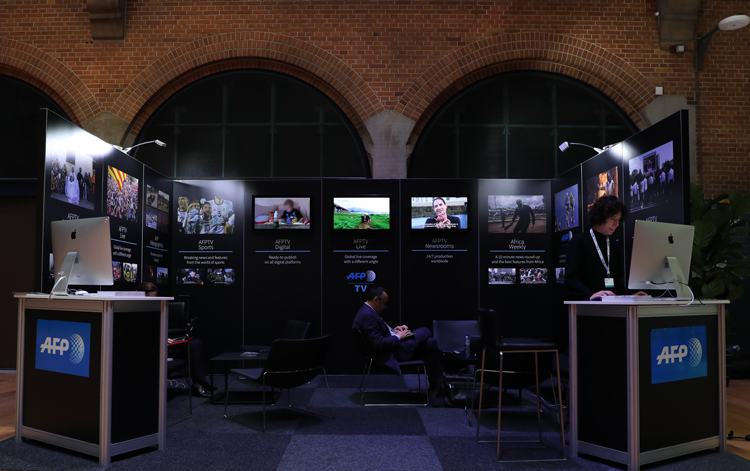Inside AFP
Meet AFP at the News Xchange 2017 in Amsterdam on November 15-16

Phil Chetwynd participates in the session entitled « a practical conversation about journalist safety », on November 16th, at 13:20 to 14:05.
Producer: INSI
Moderator: Cilla BENKO, Swedish Radio
Participants: Phil CHETWYND, AFP ; Tommy EVANS, CNN; others TBD
In this informal session, you’re invited to explore ideas and share tips on how to prepare local journalists before they go to cover stories with traumatic content and support them if they experience difficulties dealing with what they have experienced. This is not about the experienced foreign correspondent; rather, this is about the reporter unaccustomed to covering dangerous situations (domestic terror attacks, hurricanes and extreme weather) and suddenly finding themselves in danger, feeling anxious or worse. What are some practical ideas for dealing with this? Bring your lunch, pull up a chair, join colleagues in problem-solving and knowledge-sharing.
Amandine Ambregni participates in the session entitled « misinformation ecosystem », on November 16th, at 15:10 to 16:00.
Producer: News Xchange, NHK
Moderator: SAM DUBBERLEY, News Xchange
Participants: Amandine AMBREGNI, AFP; Kristin BECKER, ARD; DR. Masato KAJIMOTO, University of Hong Kong; Satoshi YAMAMOTO, NHK
It’s not just Donald Trump. It’s heads of state and government around the world who have taken to dismissing stories and investigations with which they disagree as fake news. Aung San Suu Kyi has referred to an “iceberg of misinformation” around events in Rakhine state in Myanmar since August. Basar al-Assad denounced claims about the sarin gas attack in Khan Sheikoun, saying, “100 percent for us, it’s fabrication.” In France, the presidential candidate Emanuel Macron was accused of receiving campaign funding from Saudi Arabia. Alongside this, the mainstream media globally is accused of working for a neoliberal conspiracy. The social media companies have still not been able to deal with criticisms re: their ineffectiveness of repressing content on their networks which are false. After the Las Vegas shootings of September 2017, a conspiracy theory video on the recommendations page of YouTube was viewed over 1 million times.